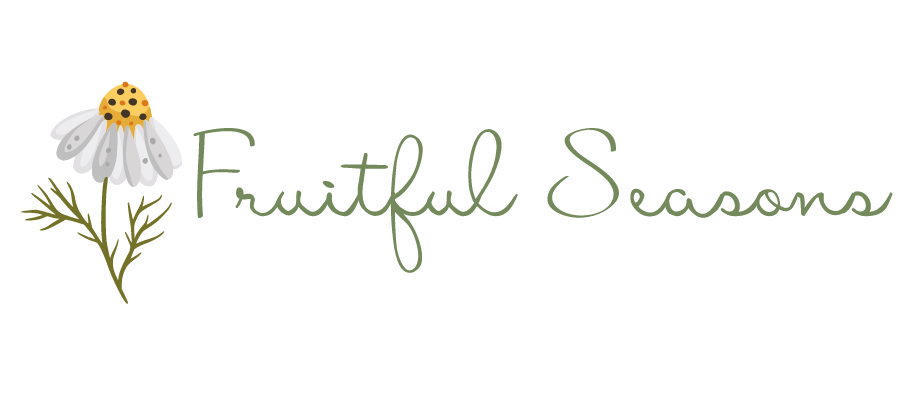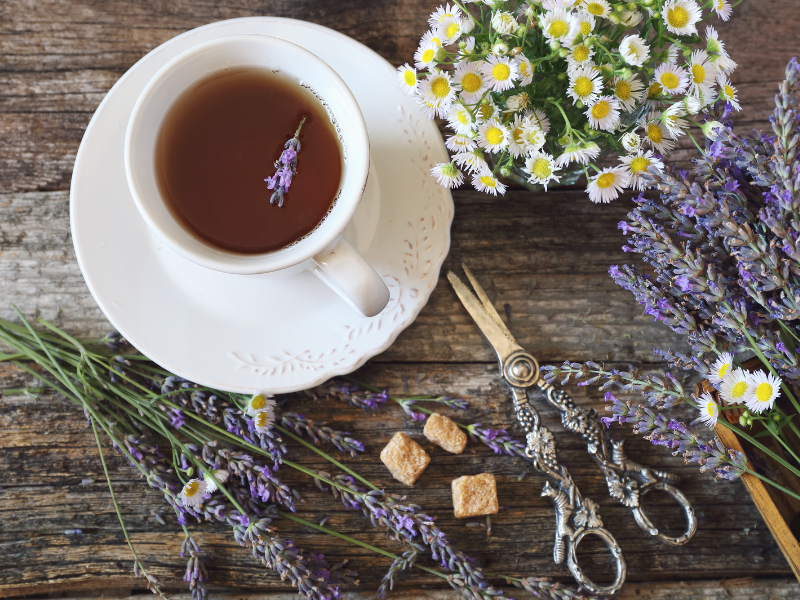A basic herbal medicine chest can help you address common ailments naturally. Here’s a list of safe and effective herbs for family use:
Important Notes:
- Quality: Purchase high-quality, organic herbs from reputable sources. Or forage in areas where you are sure there are no herbicides and pesticides used.
- Safety: Research any herb before use, especially if pregnant, breastfeeding, taking medications, or have a medical condition.
- Preparation: Herbs can be used as teas, tinctures, salves, or compresses. Learn the proper preparation method for each herb.
- Storage: Store dried herbs in airtight containers in a cool, dark, and dry place.
- Dosage: Start with small doses and adjust as needed.
- Children: Some herbs are not suitable for young children. Consult a pediatrician or herbalist for appropriate herbs and dosages.
- Allergic Reactions: Be aware of potential allergic reactions. Discontinue use if any adverse reactions occur.
Here’s a starter list of herbs and their uses:
- Aloe Vera
- Parts used: Gel (inner leaf), latex (outer leaf)
- Uses:
- Gel: Soothes burns, wounds, and skin irritations.
- Latex: (Use cautiously, not for long-term use) – Strong laxative.
- Calendula
- Parts used: Flowers
- Uses:
- Topical: Salve for cuts, wounds, diaper rash, eczema, and fungal infections.
- Tea or tincture: Soothes inflammation, supports lymphatic system.
- Chamomile
- Parts used: Flowers
- Uses:
- Tea: Calming and relaxing, aids sleep, soothes digestive upset, anti-inflammatory.
- Compress: For skin inflammation and irritation.
- Echinacea
- Parts used: Root, aerial parts
- Uses:
- Tincture or tea: Supports immune system, helps fight colds and flu.
- Topical: For wounds and skin infections (though less common).
- Ginger
- Parts used: Rhizome (root)
- Uses:
- Tea or capsules: Relieves nausea, aids digestion, reduces inflammation, and relieves pain.
- Lavender
- Parts used: Flowers
- Uses:
- Essential oil: (Diluted) – Relaxing, promotes sleep, relieves headaches, and soothes minor burns and insect bites.
- Tea: Calming, aids sleep, and relieves anxiety.
- Lemon Balm
- Parts used: Leaves
- Uses:
- Tea: Calming, antiviral (especially for herpes), improves mood, and aids digestion.
- Peppermint
- Parts used: Leaves
- Uses:
- Tea: Relieves digestive upset, gas, headaches, and muscle pain.
- Essential oil: (Diluted) – For headaches, muscle aches, and congestion.
- Plantain
- Parts used: Leaves
- Uses:
- Poultice or salve: For cuts, wounds, insect bites, and stings.
- Tea: Soothes coughs.
- Yarrow
- Parts used: Flowers, leaves
- Uses:
- Topical: Stops bleeding, heals wounds, and reduces inflammation.
- Tea: For colds, flu, and fever (promotes sweating), and helps with menstrual cramps.
Additional Considerations:
- First Aid: Include bandages, gauze, tape, and scissors.
- Carrier Oils: If using essential oils, have carrier oils like olive, coconut, or jojoba oil for dilution.
- Other Useful Items:
- Honey: For sore throats and coughs, and as a wound healing aid.
- Apple cider vinegar: For digestive upset and skin issues (diluted).
- Vitamin C: Supports the immune system.
- Books: Invest in reliable herbal medicine books for reference.
Remember:
- This is a basic list. You can customize it based on your family’s needs.
- Always consult a healthcare professional for serious conditions or before using herbs with medications.
- Herbal medicine is a complementary approach to health care.
This information is for educational purposes and does not replace medical advice. Please consult your healthcare provider for individualized care.

